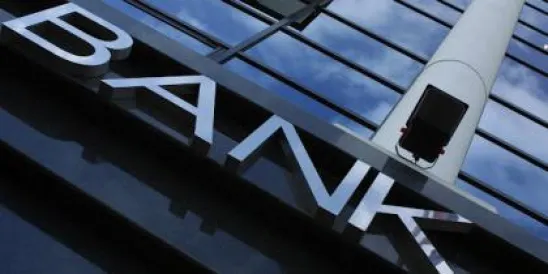Takeaway: Petitioner and any non-party’s shared interest in invalidating a patent, including collaboration together, and invocation of the common interest privilege, is not sufficient to render the non-party a real party in interest.
In its Decision on Institution, the Board instituted a covered business method patent review of claims 1-3, 5, and 6 of the ’510 patent on obviousness grounds under 35 U.S.C. § 103. The Board did not institute trial with respect to any lack of patentability under 35 U.S.C. § 101, finding that Petitioner had not demonstrated it more likely than not that claims 1-3, 5, and 6 do not comply with this section of the statute.
The ’510 patent relates to a system that communicates “valuable data” having a “cash equivalent” to and from a portable module. As characterized by the Board, consumers “can carry the portable module, fill it with a cash equivalent at an ‘add-money station,’ and spend the stored cash equivalent ‘when buying products and services in the market place.’” As an example, “a consumer can ‘take cash out of an ATM’ and ‘put the cash value into the portable module,’ and can use monetary value on the portable module to ‘pay for a train fare.’”
Petitioner had challenged claims 1-3 of the ’510 patent as being unpatentable under 35 U.S.C. § 103 in view of Cremin and Hawkes, and had challenged claims 5 and 6 as being unpatentable under 35 U.S.C § 103 in view of Cremin, Hawkes, and Rivest. Petitioner had also challenged each of claims 1-3, 5, and 6 under 35 U.S.C. § 101.
At the same time, Patent Owner had argued that institution of the requested covered business method review was barred under 35 U.S.C. § 325(a). More particularly, Patent Owner had argued that PNC had previously filed an action challenging the validity of claims of the ’510 patent and was a real party in interest in the instant proceeding; thus institution of review was barred under 35 U.S.C. § 325(a)(1).
The Board concluded that PNC was not a real party in interest in the instant proceeding because the instant Petition was not filed at PNC’s behest, because PNC no longer desires review of the ’510 patent, and because of other factors and categories identified in the Office Patent Trial Practice Guide. Among other things, the Board found that “Petitioner and PNC are entirely separate corporate entities, with no identifiable ongoing relationship[,]” and that “PNC has not participated in or controlled the present Petition[.]”
Patent Owner had also requested the Board to exercise its discretion under 35 U.S.C. § 325(d) to refrain from instituting the Petition because it merely contained the same or substantially the same prior art or arguments that were presented in CBM2014-00038 and in the pending Reexamination Proceeding. The Board, however, disagreed.
The Board then went on to determine that the claimed subject matter met the AIA definition of covered business method patent claims. It further determined that the ’510 patent does not fall within the technological invention exception; in particular, because the ’510 patent did not satisfy the first prong of the technological invention exception analysis, it was not necessary to reach the second prong.
As for the obviousness-based challenges, the Board found that Petitioner had shown that it was more likely than not that claims 1-3 of the ’510 patent would have been obvious under 35 U.S.C. § 103 over Cremin and Hawkes, and that claims 5 and 6 of the ’510 patent would have been obvious under 35 U.S.C. § 103 over Cremin, Hawkes, and Rivest. On the other hand, the Board concluded that Petitioner had not demonstrated it more likely than not that claims 1-3, 5, and 6 are unpatentable under § 101, finding that “Petitioner’s generalized arguments [were] insufficient to show that the claims are directed to an abstract idea.”
JP Morgan Chase & Co., and JP Morgan Chase Bank, N.A. v. Maxim Integrated Products, Inc., CBM2014-00179
Paper 11: Decision on Institution of Covered Business Method Patent Review
Dated: February 20, 2015
Patent 5,940,510
Before: Trevor M. Jefferson, Mitchell G. Weatherly, and Kerry Begley
Written by: Begley
Related Proceedings: Maxim Integrated Products, Inc. v. JP Morgan Chase & Co., No. 2:12-cv-01641-JFC (W.D. Pa.); In re: Maxim Integrated Products, Inc., MDL No. 2354, Misc. No. 12-244-JFC (W.D. Pa.); Ex Parte Reexamination Control No. 90/013,063; CBM2014-00038



 />i
/>i

